Thanks to this extra time lots of us find ourselves with, it’s so easy to get sucked into a 60+ hour game. But what about those little gems we play for a few hours than cast aside? The ones that you can’t get out of your head, or find yourself thinking about long after they’re deleted off your hard drive. In honour of short games, let’s take a look at the best elements you can use to make them last in the mind. Perhaps you could combine them with one of these nine location gems to make the next best thing. Don’t forget to credit me if you do!
WARNING: Minor spoilers for Little Nightmares, Papers Please, Orwell, The Fall, and Doki Doki Literature Club. You’ve been warned…
Gripping Graphics
So, the first thing you want to do for your short game is decide on your style. People are going to be drawn in by the artwork initially. Off the back of that, they’ll be interested in your story and other aspects. There are so many to choose from too. You can go realistic like Everybody’s Gone To The Rapture or abstract like Bezier: Second Edition. (Read our review of the latter here)
I recommend somewhere in the middle: edgy but recognisable. For example, I just finished re-playing Little Nightmares and that has got some amazing graphics. In particular, its the sizing of things compared to Six that always unsettles me. The first time you see daylight and cling to the outside of the Maw made my stomach drop. You go from very confined and dark graphics to this expanse.

Another uncanny element of this short game that makes it linger, is the character design. People, who are people, yet they are wearing masks of people. It’s a clever choice that makes the whole thing terrifying and uncanny. I honestly nearly cried when one of the dinner guests started belly-flopping towards me. I cannot wait for the second Little Nightmares. Don’t forget, you can already play a demo now.
So in conclusion: you can wow your audience with great graphics, or you can scare the bejeezus out of them! It’s a great start to making a lasting impression, kind of like a first date!
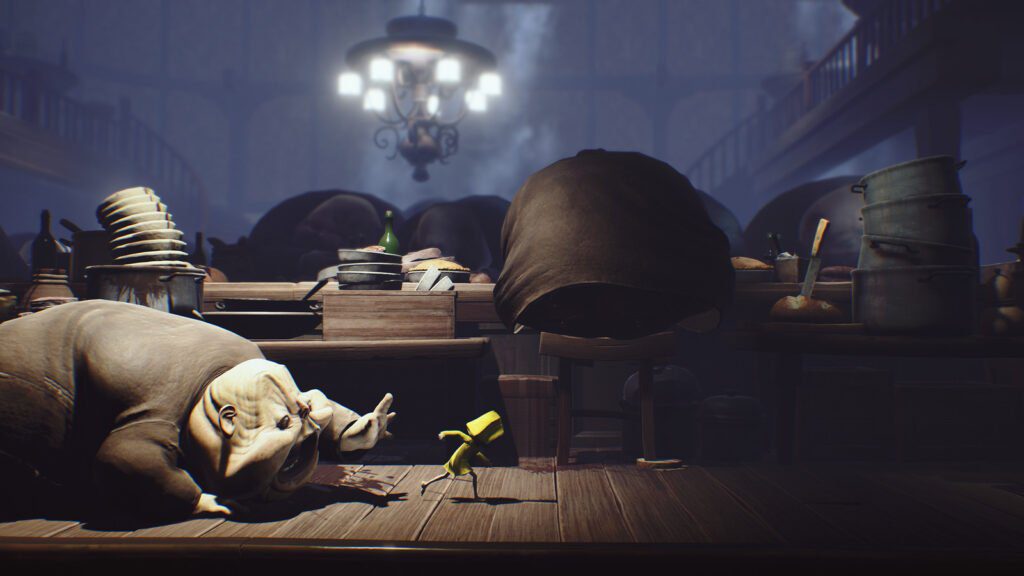
Make It Relevant
Next decision to make when you’re planning your story is relevance. If your game touches on a current issue or fear, it will leave a resounding effect. For example, I’m currently playing Conspiracy, which launched only a couple of days ago. It involves you working out a plot to attack the US government by sifting through evidence both in-game and in the real world. It’s a timely release that only adds to the remembrance.
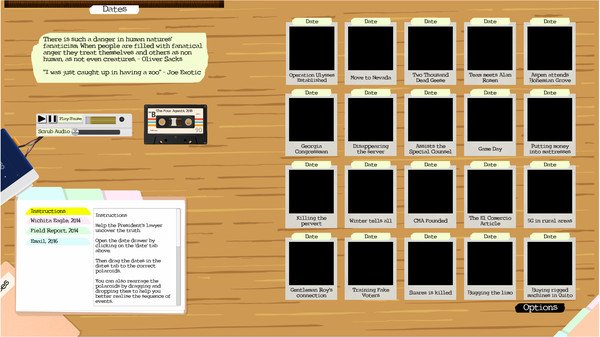
Another game that has a similar effect is 2016’s Orwell, developed by Osmotic Studios. You play in real-time as an operative working to uncover a bomb plot. Your weapon: the internet. You can add pieces to the puzzle by snooping through laptops, phones, even a dating site message board. This then builds profiles on the suspects which you can wholly sway by choosing to be selective with the truth. It may not be as visually terrifying as Little Nightmares, but the real-world implications of technology leave a pause for thought.
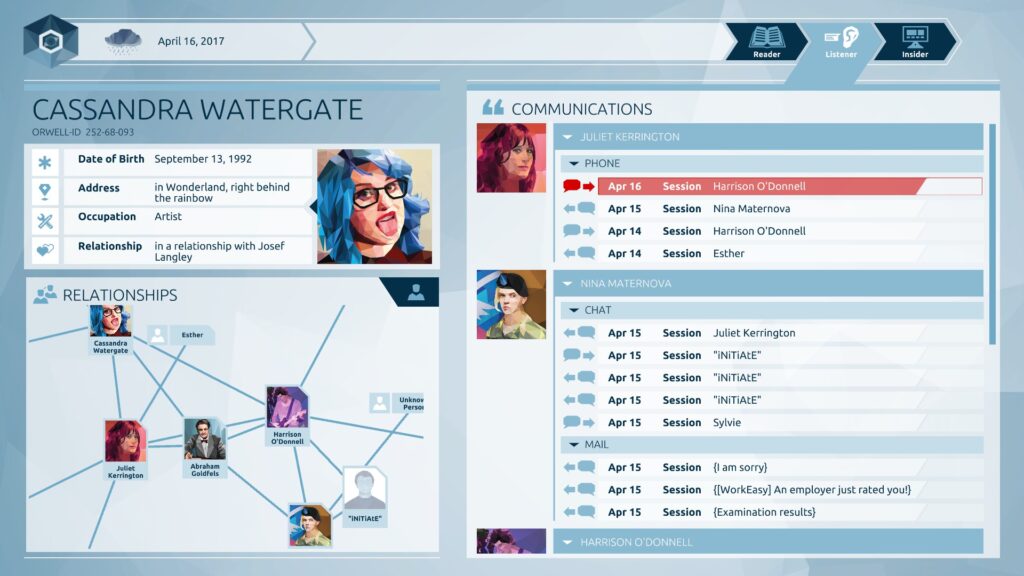
Throw In A Quirk
If modern-day is not your thing, or you want escapism more than reality, I recommend throwing in a quirk. Do something unusual, either with your narrative or your gameplay. The Fall is a great example of the former as you play as an AI controlling the suit of an unconscious pilot. Your mission is to save them at all costs, navigating a strange facility filled with danger.
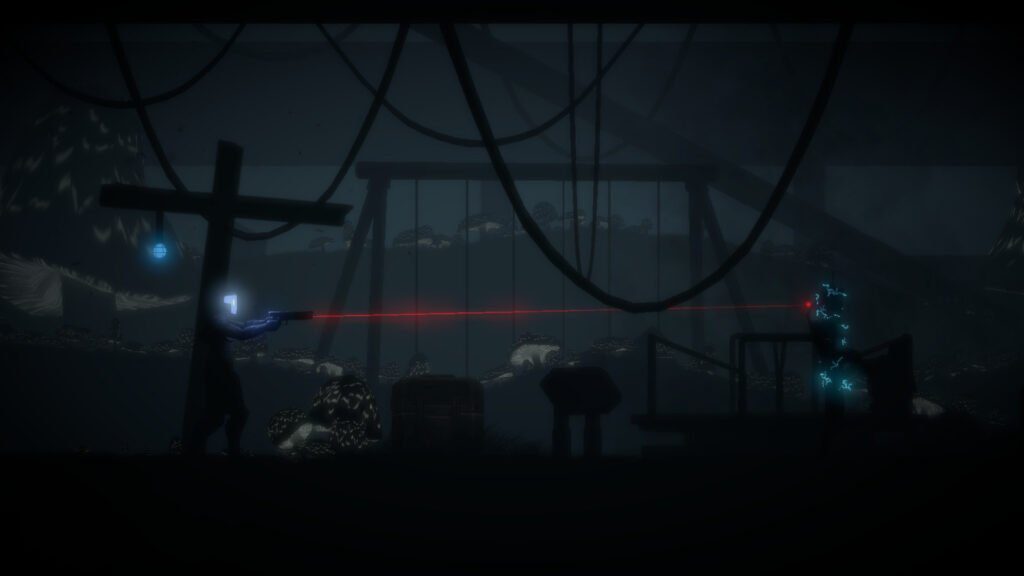
Alternatively, go for a gameplay quirk like in Santa Monica Studio and Giant Sparrow‘s The Unfinished Swan (not to be confused with The Untitled Goose Game). It involves the unique idea of throwing balls of paint in order to be able to see your surroundings. The first part of this game, unfortunately set in a maze, took me so long to get the hang of, but I felt good when I did. It’s pretty memorable too.

Add A Dash Of Cynicism
One way to make a short game last, that doesn’t involve fear or joy, is to make the player bored or mad. Yes, you heard me right. Take Papers Please, by one-man show Lucas Pope. If you haven’t played this game, I highly recommend it, even though my description is not going to make you want to. You play as an immigration inspector at a border in the 1980s. You must choose who gets through and who doesn’t, using an ever-growing list of requirements from your bosses. But if you’re not fast enough, you won’t get paid much and you have a family to support. It’s basically a no-win, monotonous situation.
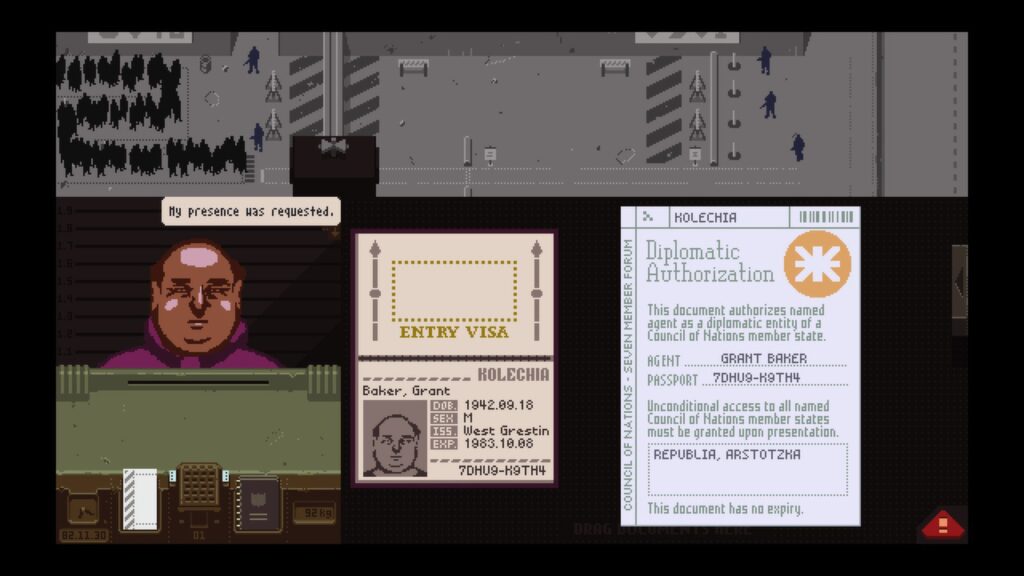
You’ve got to make your own decisions about what is right and wrong. Particularly when the game asks you to make prejudicial choices based upon a corrupt regime. It’s an addictive play, with twenty possible endings that really makes you think.
Finish With A Messed-Up Twist
Twists are always great, so long as you time them right. Think early M. Night Shyamalan rather than later. Actually, The Fall does this one too – no spoilers – and it’s a great way to make a short game stay with the player. But as far as ‘messed-up’ goes, there’s a clear winner for me: Doki Doki Literature Club.
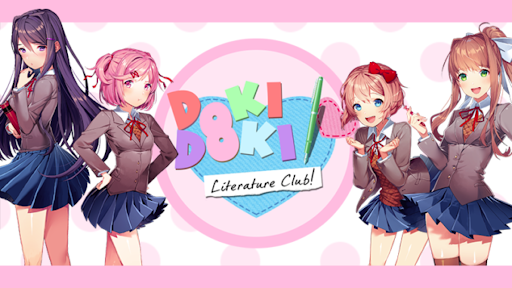
A friend had me play this free game a while ago and honestly, I’ve never encountered anything like it. I’ve certainly never had to delete code from a game before which is one of the ending options. What starts as a simple text-based, kitschy, choose-your-romance-story, descends into a maddening, self-aware, sadistic nightmare. And that is not an overstatement. It’s a great example of how you can leave an audience thinking about your game for weeks – if not years – after playing, without any particularly flashy design.
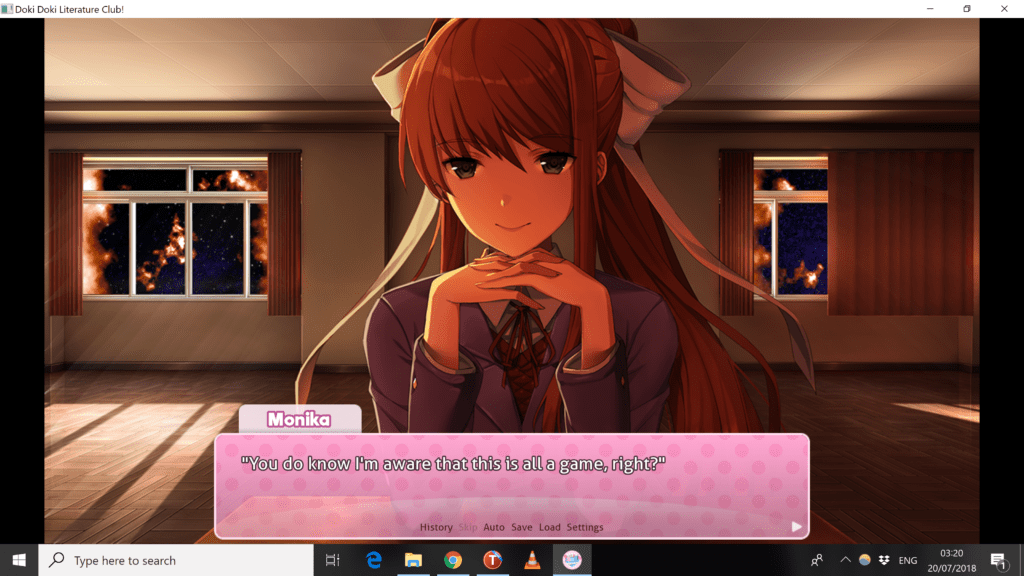
So there you have it. Five tips to make a short game with long-term implications. Pick your poisons from the list and away you go. It’s amazing how much impact and emotion you can fit into one small package.
Good job! Please give your positive feedback 😏
How could we improve this post? Please Help us. 💡
Martha has history in editing and producing top-quality content for websites and organizations. I have previously worked as a student researcher during my time abroad where I explored the nature of grief in adolescents, whilst also working part time for the Electives Network as their Copywriter and Content Developer. In my last year of university I was an editor for the university newspaper for the arts supplement and I work as a news writer at VeryAli Gaming making sure you stay updated with the latest and greatest in Gaming industry.



